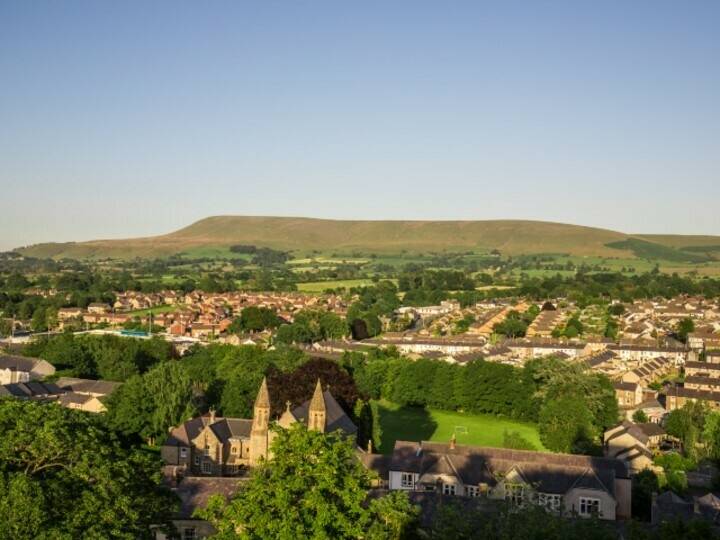Bringing Location to Life - case study based on a presentation from Gareth Osborne, Senior Address Management Officer, Nottingham City Council at the GeoPlace conference 2019
Local authorities are always looking for better ways to supply homes, businesses and public buildings with low-carbon heat. The result is over 17,000 District Heating Networks (DHNs) across the UK with around half a million connections, many of which are to domestic households.
District heating networks distribute large-scale sources of heat over a large area. They connect multiple buildings via a network of pipes – many kilometres in length - and their maintenance and upkeep is a 24/7 operation.
Some DHNs are large, some are quite focused in their geographic spread. The number of schemes using heat pumps (ground, water, and air source) is on the rise – but they all have a common goal: reducing upheaval, such as digging up roads or making changes in people’s homes, and bringing down costs across the board
The ability to deliver services effectively depends on every stakeholder having secure access to the right information, at the right time. By using precise location as the reference in an app, an authority can share data that may have links to personal-details more securely; co-ordinate agencies more effectively, and deliver services more economically to householders
The advantages of having a District Heating Network are clear: the elimination of individual boilers or gas pipes and flues in favour of a centralised plant; reduced energy, servicing and maintenance costs; lower overall compliance and regulation costs; and, if everything works well, much happier customers. However, there are challenges involved with running this widespread kind of system, the least of which involves working effectively with contractors and utility providers over a large area.
The DHN in Nottingham is the largest in the UK. It’s been providing heat and hot water to householders for over 30 years, and it’s so successful in its operation, it’s often held up as a role model of what can be achieved. However, as neighbourhoods and expectations change, the network is a constantly evolving project.
On a daily basis, any number of contractors may need to contact Nottingham City Council for details about a connection; a property’s location; a householder’s contact details; information about a heating problem and other information besides. For the teams looking after these datasets, this represents a significant data management challenge, and a workflow that could clearly benefit from improvement.
The options were:
• Leave things as they were, in complex and siloed databases (not an option)
• Send a copy of the Council’s DHN data to every potential contractor (not practical)
• Create an app, securely sharing links to associated data using the Local Street Gazetteer
Nottingham City Council has a strong, capable IT team. Using the Local Street Gazetteer as an authoritative central point of reference, the team created a simple app that is widely available to contractors and utility companies.
Whenever works are needed, agencies can apply for a local authority permit. At the same time, the agencies can check the app – hone in on a specific location, identified by a UPRN – and determine whether or not their works will be impacted by or have an impact on the District Heating Network. They can then determine if more clarification is needed, and get direct support from the GIS Team.
“We identified a problem, talked to everyone involved, and then worked as a team – using the information in the Gazetteer – to design and create a location-based app as a solution.”
-Gareth Osborne Address Management, GIS Team Nottingham City Council



